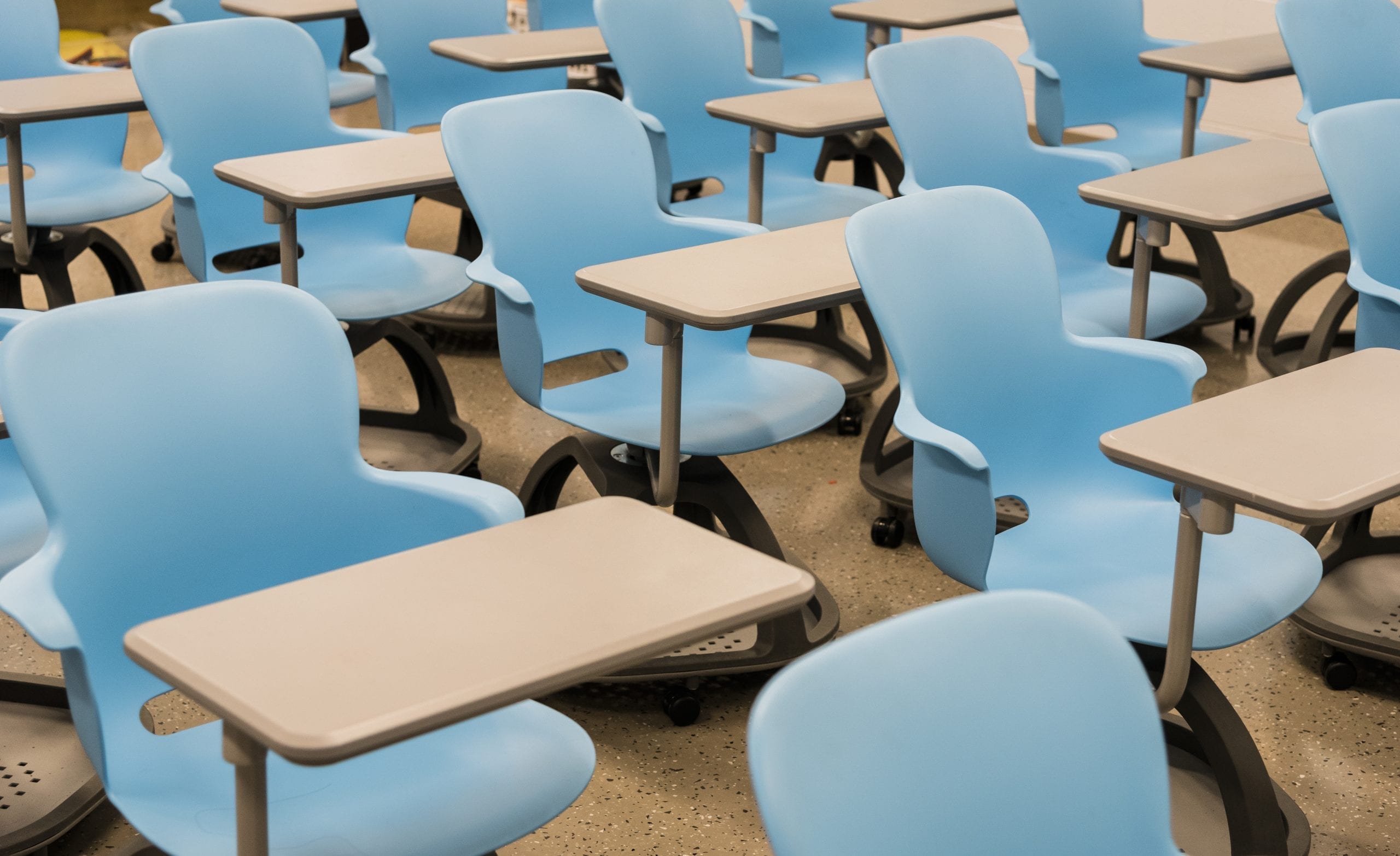Minerva Canto
Speaking and writing a second language are skills U.S. Education Secretary Miguel Cardona frequently touts as a superpower that can beget success in an increasingly global workforce.
The U.S. is one of the few countries considered monolingual, in comparison with most European countries where students begin learning a second language by the age of 9, according to the Pew Research Center.
The fact that most Americans speak only English puts our country at an economic disadvantage and threatens national security if we cannot understand and analyze potential threats such as terrorism or contagions.
Encouraging students to become multilingual is one of his six focus areas, and he is pushing an initiative to transform the U.S. education system.
Such a national focus on boosting bilingualism is unusual, considering that 78 percent of U.S. residents speak only English. But it would mean finally encouraging millions of students whose first language is not English to retain their fluency while learning English.
It would also emphasize the idea that native English speakers can expand career opportunities by learning a second language. However, it also would require making some radical changes in both attitudes and curriculum if the dream of churning out more bilingual students is to become a reality.
“We must evolve our schools,” Cardona said during a press call earlier this month, adding that the White House is proposing about $125 million in the upcoming budget to support bilingual programs that include expanding the pipeline for language teachers and grants to states for more foreign language instruction.
It’s taken educators far too long to see the benefits of multilingualism when so many U.S. students speak a second language at home that could be formally taught in conjunction with English for full proficiency in both languages.
Cardona’s tone is also strikingly different from that of educational leaders in the recent past. For decades, students whose first language isn’t English have been viewed as a liability, and were discouraged from using any language but English in the classroom. Nativists decried bilingual education as watering down of U.S. culture.
Cardona is asking that we look at these students who speak multiple languages as “gifted with assets.” Such a shift in perspective is long overdue and comes at a time of increasing interest in teaching U.S. students to become proficient in a second language, as shown by the popularity of dual language immersion programs.
In 2010, there were about 1,000 dual language programs in U.S. public schools, which grew to more than 3,600 by 2021, according to the American Councils Research Center.
It’s not surprising that Cardona, whose first language is Spanish, raves about the benefits of bilingualism. He says it helped propel him to become Connecticut’s youngest school principal, and, years later, to his current post overseeing the U.S. education system.
The biggest obstacle in helping more students achieve proficiency in a second language is the lack of bilingual teachers, who are considered foreign language instructors and typically must earn bilingual certification.
Forty-four states could not fill all their foreign language teacher vacancies, a 2017 study commissioned by Congress found. Schools nationwide have struggled to fill vacancies in recent years, especially those for foreign language teachers.
Clearly, it will take years to create and staff bilingual programs in every public school. But multiplying the number of multilingual students as Cardona envisions will take more than just a shift in public view about the benefits of bilingualism.
Minerva Canto is an editorial writer focusing on education, healthcare and other social issues.

